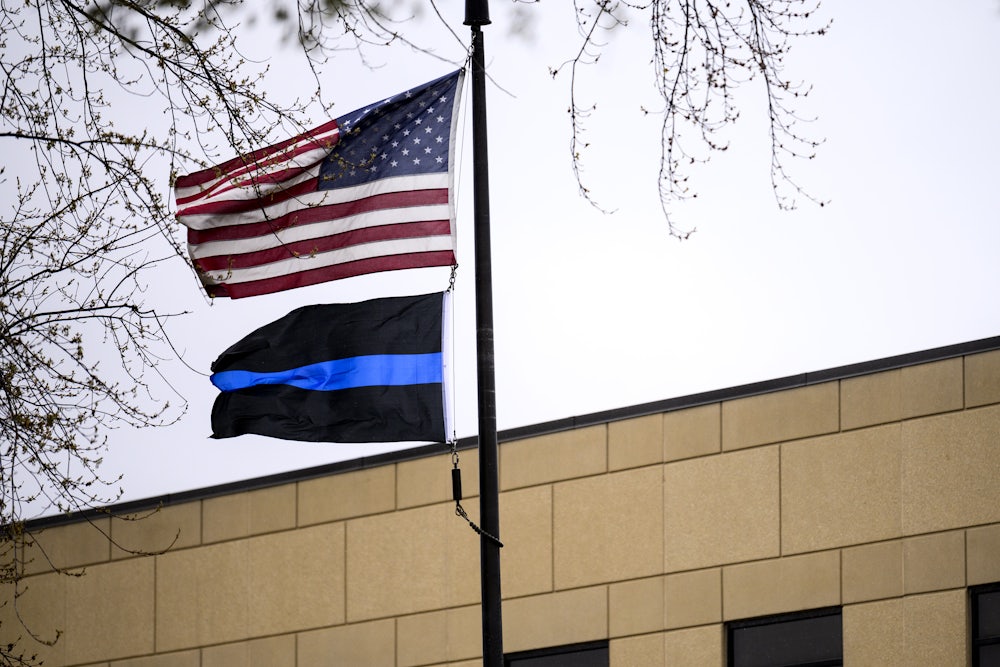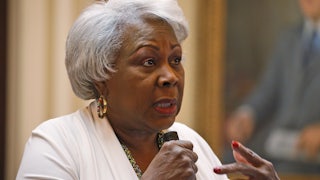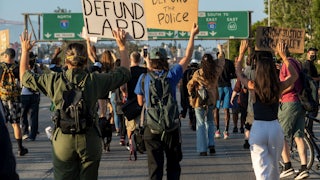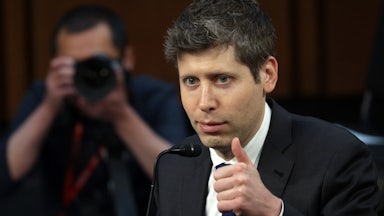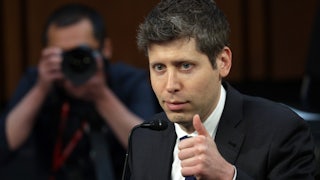Following a night of protest in Brooklyn Center, Minnesota, after an officer shot and killed a young Black man, Daunte Wright, police raised a “thin blue line” flag, under the stars and stripes. Reporters stood there getting their live shots. A video of the scene was seen nearly two million times in one day. A century ago, the NAACP would hang a black flag out the window of their office on Fifth Avenue in Manhattan, with stark white letters visible for blocks away, reading: “A Man Was Lynched Yesterday.” It was a memorial, in the sense that it observed a death, and a marker interrupting daily life in the city in motion beneath it. In Brooklyn Center, Minnesota, the flag announced death, too. With the American flag, it flew at top mast. It claimed deadly force with a mark of pride.
Sharing the flag video, Hanif Abdurraqib wrote, “No reform exists that can adequately (or even inadequately) address the actual history of police and policing. A history that leads to the limited imagination, language, and principles of an institution and its pawns valuing violence and power above all else.” Millions of people know exactly what this means. Every time police kill, the observation reaches more people still. The police cannot be separated from this death-dealing power. To truly do so would eliminate the institution of policing. Lawmakers might not know that. Mayors may turn their backs on the truth of it. But police seem to know it. When their colleagues are suspended, they resign in protest, as 57 emergency response officers did in Buffalo, New York, last summer. They threaten to withdraw from community anti-violence partnerships, as police in several counties and tribal reservations in Wisconsin did, if those groups voice support for Black Lives Matter. Police know they are on a certain side. They are acting out as if they have nothing to lose.
The flying of the flag is not only a reaction to those protesting police after Officer Kim Potter shot and killed 20-year-old Daunte Wright. Potter was the president of the local police union, which means that she had advised other officers who killed while on duty. Typically, police unions function like first responders in such killings. (When New York police officer Peter Liang shot Akai Gurley while patrolling a public housing development, he texted his police union rep while Gurley lay dying.) Police unions also perform a public relations role for officers under deadly force investigations. Now Potter was the subject of one herself. She would not be speaking on her own behalf; in fact, she announced Tuesday that she would resign. The flag stood in as a declaration of support in what may become a murder case.
Ten miles away from the shooting, the trial of Minneapolis police officer Derek Chauvin had entered its third week. A law enforcement expert witness called by the prosecution testified that “no reasonable officer” would consider Chauvin’s use of force—pressing his knee on the neck of George Floyd, restraining him while he was already prone for more than nine minutes—to be appropriate. Throughout the trial so far, Chauvin’s fellow law enforcement officers have distanced themselves from his actions, too. The Minneapolis chief of police testified for the prosecution, describing Chauvin’s actions as something outside the norm. “There’s an initial reasonableness of trying to just get him under control in the first few seconds,” said Chief Medaria Arradondo from the stand on April 6. That does not explain the actions of the other officers on the scene, who stood by.
But what would lead an officer to believe it was unreasonable for police to kill people they are sworn to protect? It happens, on average, almost three times each day—police killed 991 people in the past year. Arradondo may have called Chauvin’s killing of Floyd a murder, but rarely are officers prosecuted for murder when they kill. Some keep their jobs. So to some it seemed remarkable when, under oath, his own chief deemed that Chauvin’s use of force “in no way, shape, or form is anything that is by policy part of our training and is certainly not part of our ethics or values.” When do we accept that three deaths a day is something approaching a norm?
In Brooklyn Center on Monday night, protesters who chanted, “Hands up, don’t shoot” one minute were taking cover from tear gas the next. This is almost not news anymore. It is the numb cycle of police meeting protests over police violence with violence. Seeing these scenes play out for years now across social media and up close has given them a certain order: like the moment when a local reporter is pepper-sprayed in the eye while working, and it is not exceptional. Police roll out the heavy gear to protect and defend property, even if it means putting human life at risk. It is how it is and has been, and to say that is not an act of futility or acceptance. Violence is what police have to offer, when they kill one man, and afterward, as that officer goes on trial, they kill another man. It is not an aberration now; it is an assertion of power. Violence is simply the norm.
